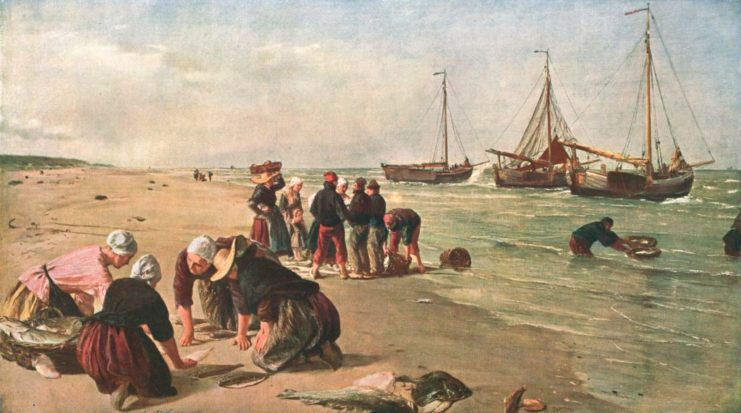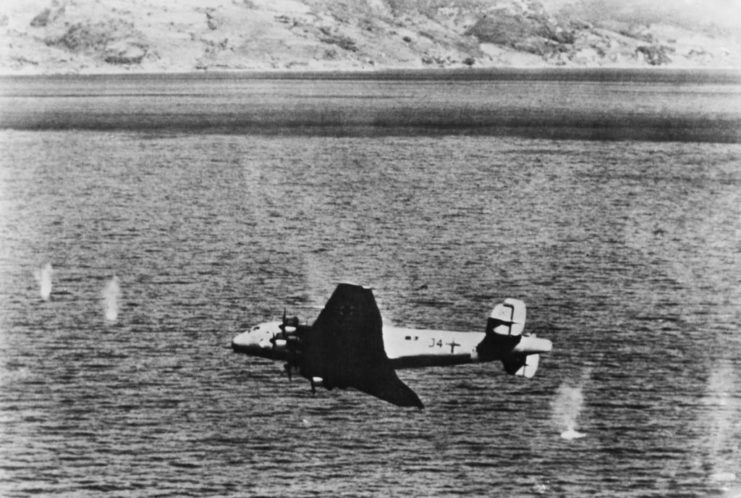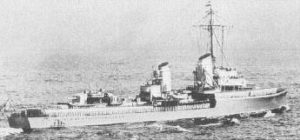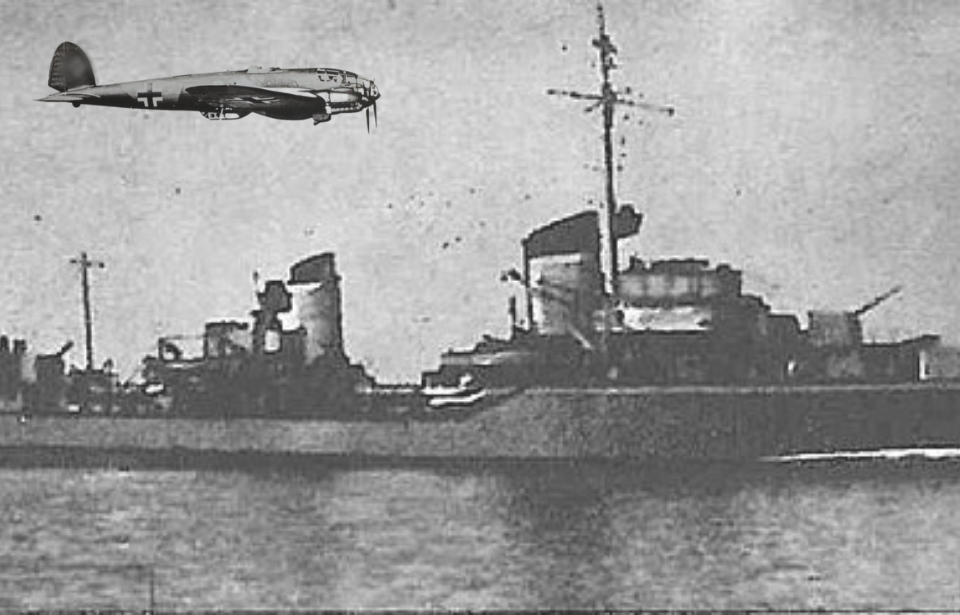The Luftwaffe was the main arm and, arguably, the most dangerous aspect of the German military. Another branch intended to be just as strong was the country’s navy, better known as the Kriegsmarine. However, while an intimidating force, given its size, the Kriegsmarine generally performed poorly during the Second World War, and its most embarrassing failure was Operation Wikinger.
The Germans wanted to hurt the British economy

One of the German government’s primary aims during the Second World War was to hurt their opponents both militarily and financially. Dogger Bank, located in the North Sea, was a popular fishing spot for British ships. At any one time, up to 60 British trawlers could be seen taking advantage of the abundance of sea life.
The Germans determined that attacking Dogger Bank would hurt the British economy, as well as damage the country’s morale. During the planned mission, which was codenamed “Operation Wikinger,” Luftwaffe pilots would escort Kriegsmarine vessels to the area.
The planning process was a bit of a mess

The Germans thought Operation Wikinger would be an easy coup. They planned to send six destroyers – Friedrich Eckoldt, Leberecht Maass, Richard Beitzen, Max Schultz, Theodor Riedel and Erich Koellner – which could easily take the British ships and force the Royal Navy to send additional vessels to Dogger Bank, scattering its forces.
The Luftwaffe also planned a mission for the same day. They would send two squadrons of Heinkel He 111 bombers from X. Fliegerkorps over the area to prevent merchant ships from moving goods. The coordination between these two missions, however, was either poor or nonexistent.
Executing Operation Wikinger

The naval sortie began on February 19, 1940. The six destroyers were without their requested air cover in Dogger Bank and noticed an He 111 flying overhead. They couldn’t tell if the bomber was friendly or not, and the pilot couldn’t discern the same about the ships below, as no signals were exchanged between them.
As the aircraft neared, three of the ships noticed it was a German bomber. The three others, however, decided it was likely a British reconnaissance aircraft and began firing. The He 111 responded by dropping a bomb, which struck the German destroyer Z1 Leberecht Maass. Two additional bombs were dropped as the Z16 Friedrich Eckoldt moved to help, sinking its counterpart.
The chaos continues

Despite facing no fight from the British, the Germans continued to destroy themselves. The Z3 Max Schultz was the second destroyer to sink, after striking a sea mine.
Other vessels believed the Max Schultz had been hit by enemy fire and began firing charges in retaliation. This, of course, only made the situation worse. The depth charges dropped by the Z6 Theodor Riedel wound up temporarily jamming the destroyer’s rutter upon detonation.
The aftermath of Operation Wikinger
Operation Wikinger was supposed to be simple. The Germans were going to mess with the United Kingdom’s merchant shipping and fishing industries. Along the way, the Germans had two important destroyers demolished and another damaged, resulting in the death of all the crewmen onboard the Max Schultz. Of those deployed onboard the Leberecht Maass, only 50 survived.
More from us: The Battles of Narvik: Norway’s Toughest Fight
The failure of the mission certainly gave the Germans pause. None of those involved were punished for their actions, and despite Allied fears over the country’s U-boats, the Kriegsmarine continued to fail over the course of World War II.
